The city of Hangzhou, just an hour from Shanghai on China’s sleek high-speed trains, embodies a dual spirit. It is the headquarters of China’s leading AI and robotics firms, yet also a haven of calm shaped by the glassy waters of West Lake, a timeless icon of classical Chinese design.
Equally defining – though less instantly recognisable – is the Grand Canal, the world’s longest and oldest man-made waterway, once connecting Beijing to Hangzhou. Skirting the edges of the modern Wulin CBD, this 1,400-year-old UNESCO World Heritage site has carried merchants, poets and emperors through centuries of Chinese history.
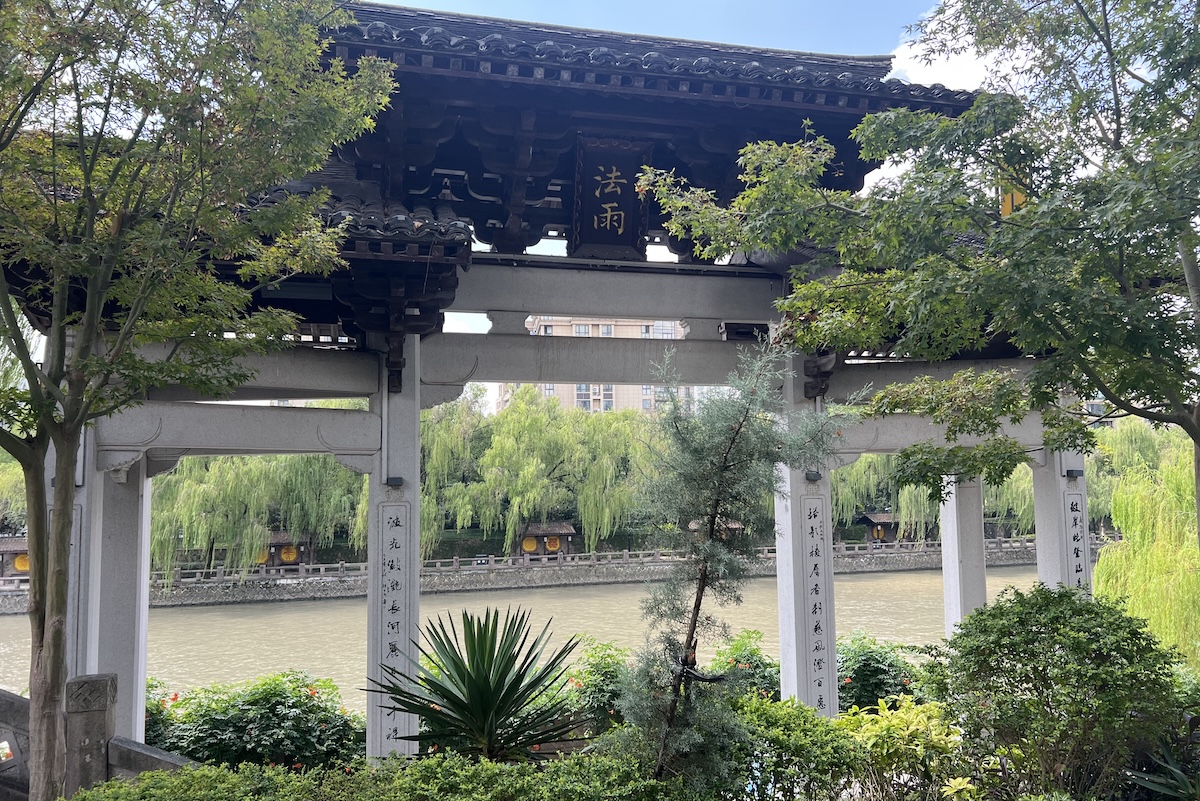
Today, its Hangzhou section is beautifully preserved. Willow-shaded banks and stone bridges create an almost pastoral scene: joggers trace its paths at dawn, residents practise tai chi beneath leafy boughs and public water buses ferry commuters across its surface. The magic lies in slowing down to match the canal’s rhythm – and in the discoveries along its edges, from cultural landmarks to indie cafés and hidden eateries.
Gliding across the Grand Canal
The easiest way to feel the canal’s pulse is aboard a water bus. Still a commuter service for locals, it doubles as a mini scenic cruise. Drift beneath ancient bridges, past willow-lined banks and glimpse everyday life along the water.
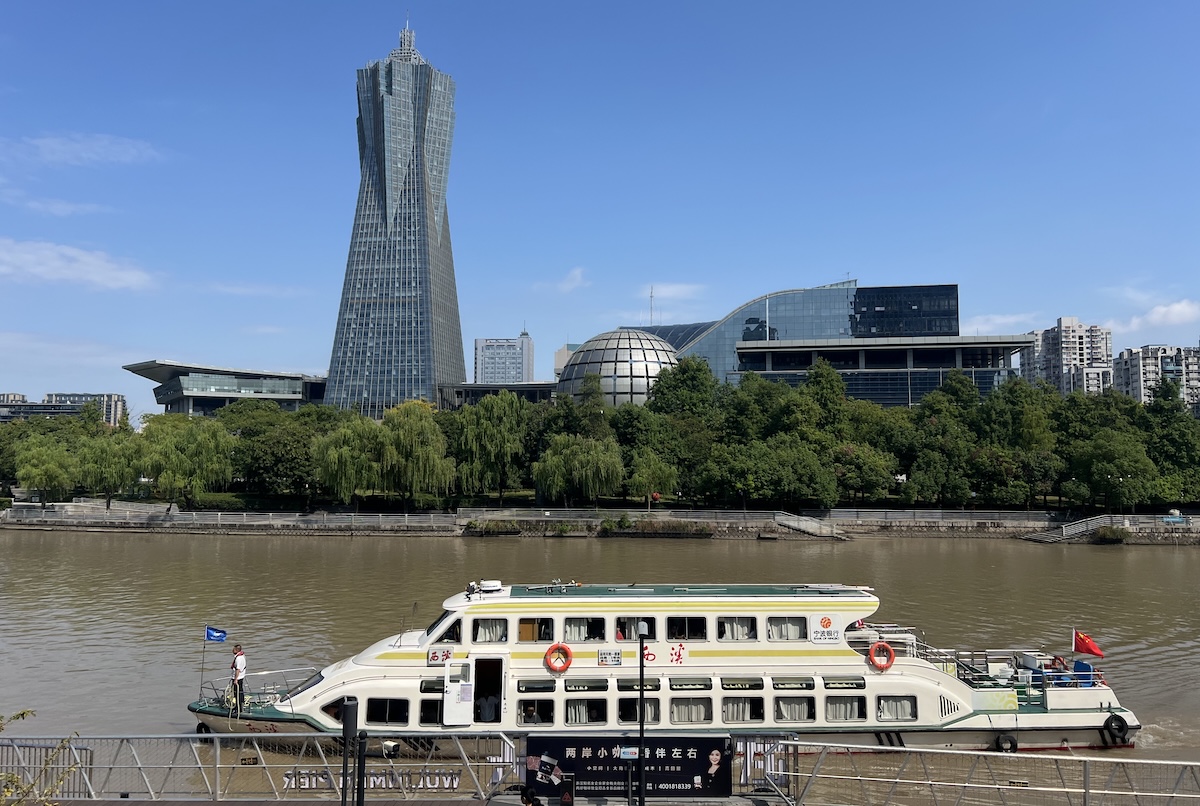
Handy stops include Wulinmen Pier near Wulin Square and Gongchen Bridge Pier in Gongshu District. Boats fill fast on weekends, so start early. Evening leisure cruises can only be booked in person; ask your hotel concierge for help.
Landmarks by the water
Anchoring the Wulin neighbourhood is West Lake Cultural Square, where futuristic buildings house the Zhejiang Science and Technology Museum and the Zhejiang Museum of Natural History. On weekends, locals converge here to exercise, stroll or people-watch.
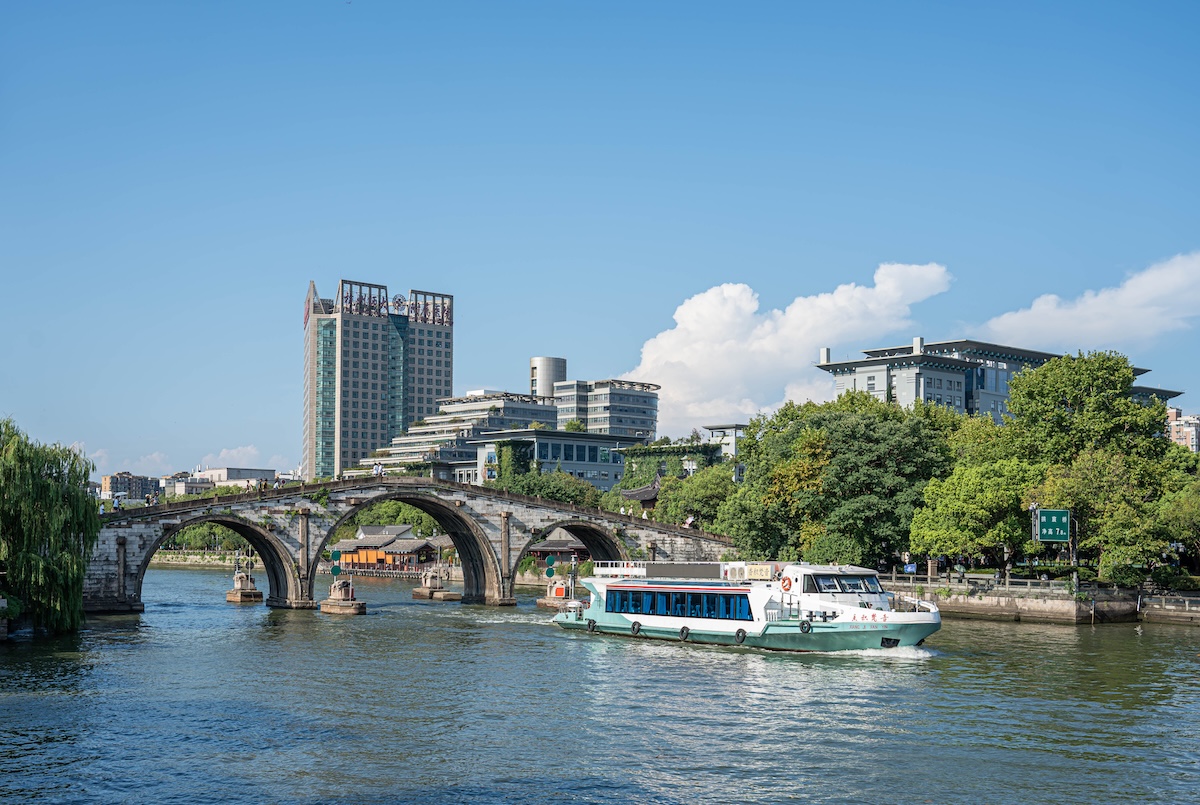
Further north, the Gongshu District near Gongchen Bridge preserves a different heritage. The revitalised Qiaoxi district’s cobblestone lanes and restored warehouses now shelter museums devoted to traditional crafts that make up the country’s intangible cultural heritage: the Umbrella Museum, Fan Museum and Hangzhou Arts and Crafts Museum.
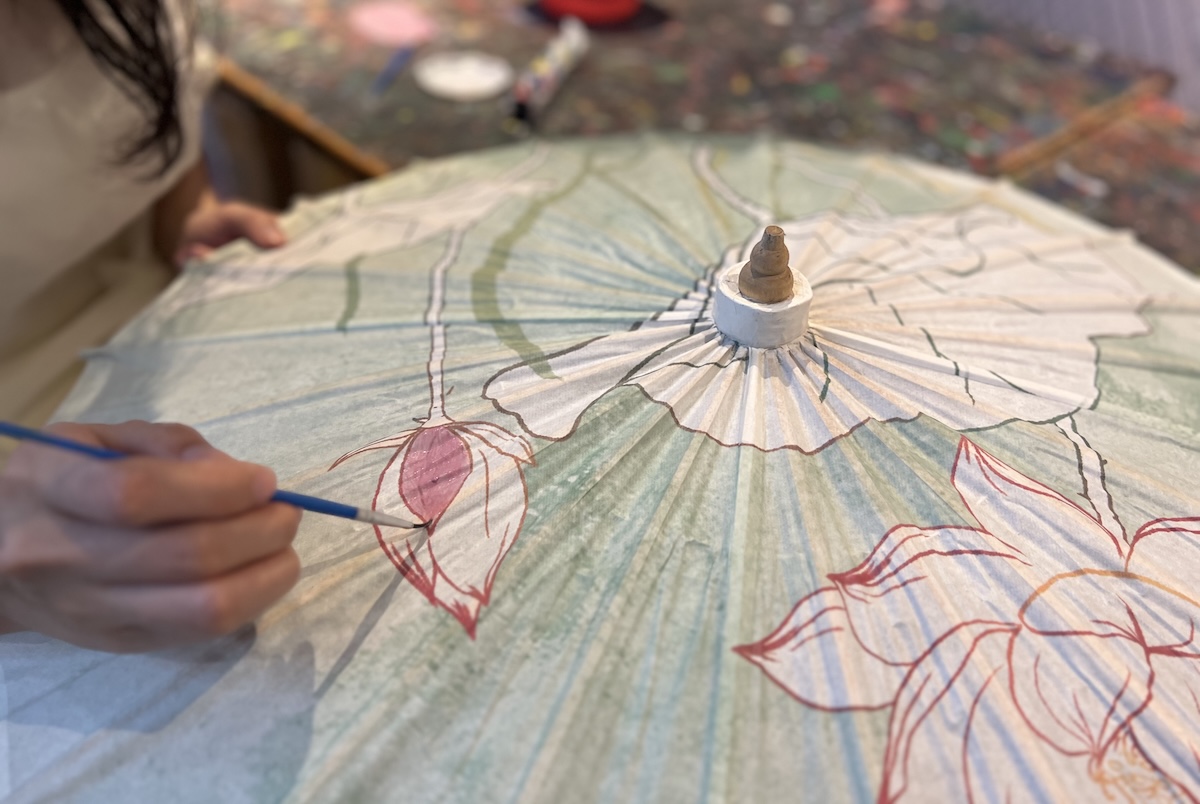
At the Workmanship Demonstration Pavilion, visitors can try bamboo weaving or umbrella painting to experience hands-on encounters with centuries-old artistry.
Luxe and localised
For a front-row view of the canal, check into the year-old Four Seasons Hotel Hangzhou at Hangzhou Centre, sister to the tranquil Four Seasons by West Lake. Towering above Wulin, its canal-facing rooms stretch to the lake on clear days.
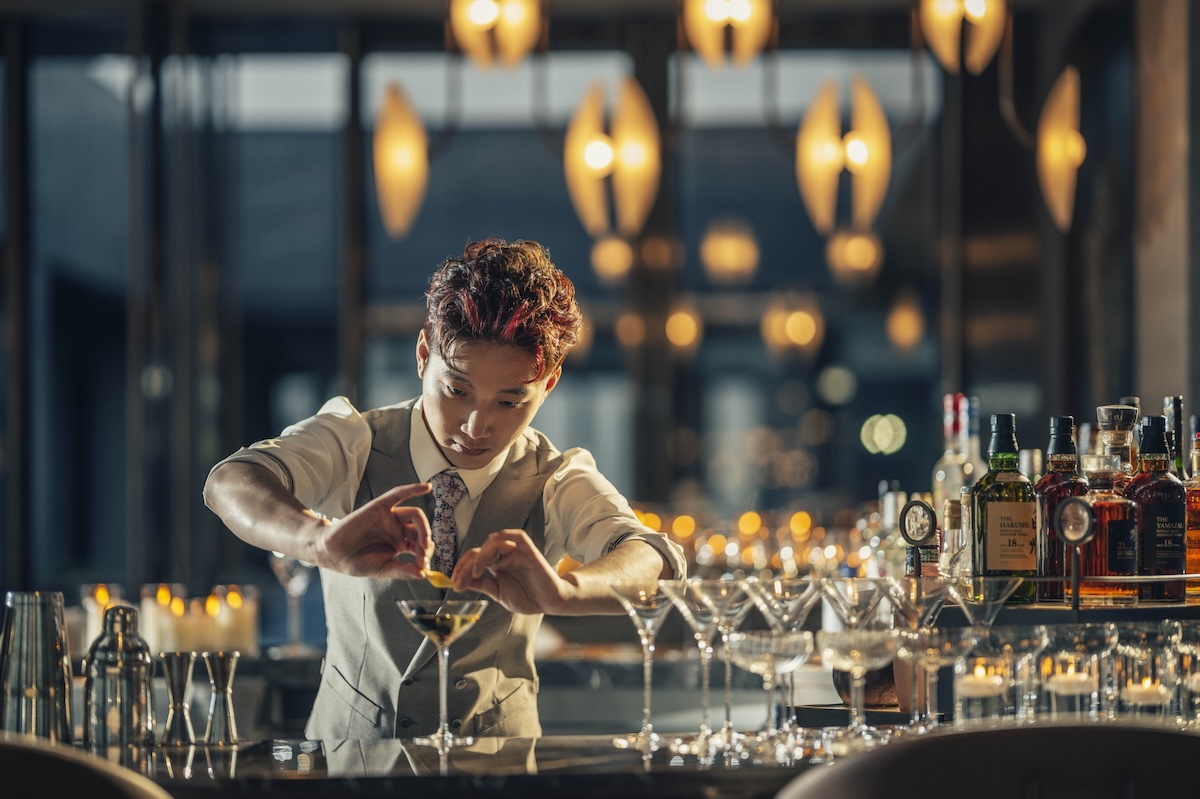
At night, the 30th-floor Stars bar serves inventive cocktails infused with local tea, while the spa’s 120-minute Canal Reverie treatment mirrors the water’s flow with long, lapping massage strokes.
Sip and shop
Dadou Road, near Xiangji Temple Pier, is among the canal’s most atmospheric stretches. Restored shopfronts now host indie cafés, boutiques and restaurants.
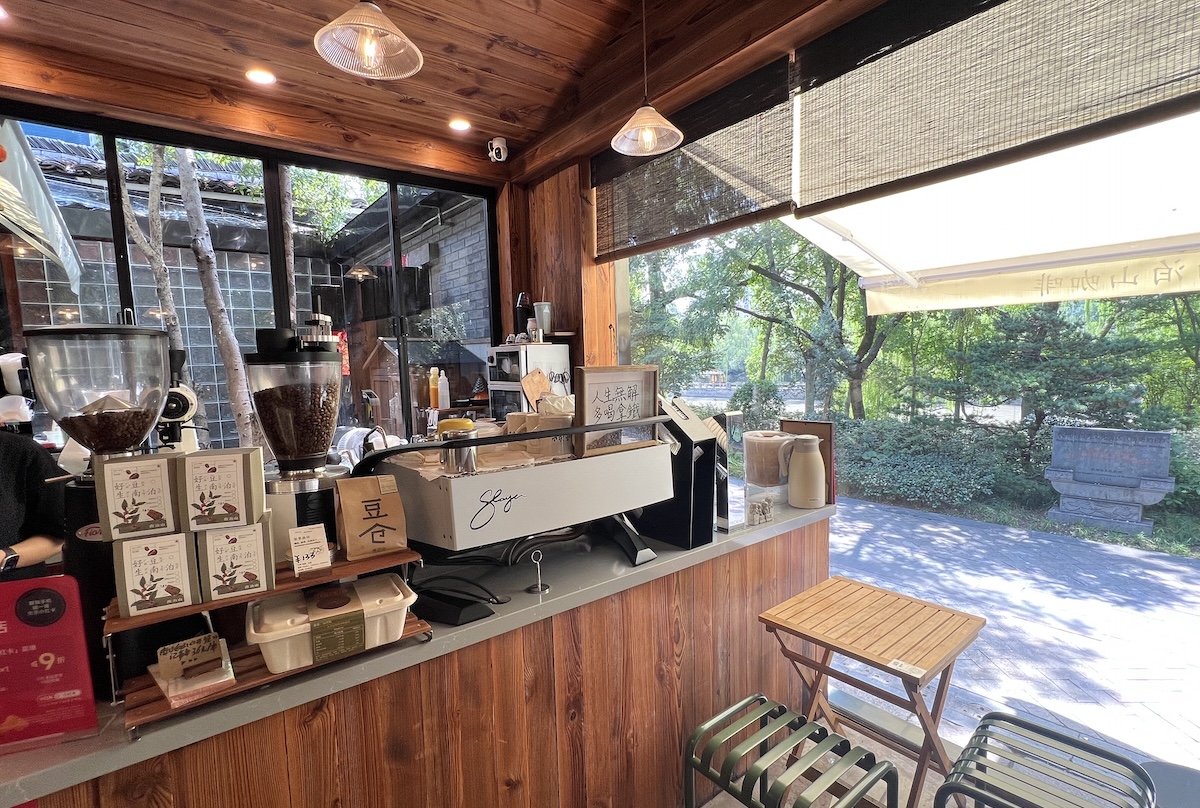
Nanboshan Coffee roasts artisanal beans, while Manner Coffee serves its minimalist brews in a sleek setting. The market here bustles year-round, but during Lunar New Year the street bursts into colour with festive snacks and temple offerings.
Eat like a local
Hangzhou’s backstreets brim with comfort food – think dongpo braised pork or pian er chuan, a noodle soup of vegetables, bamboo shoots and slivers of meat. Pang Fang Chun, a Michelin-listed favourite on Zhongsan South Road, is beloved for its golden fried dumplings.

For a refined finale, dine at Michelin-starred Song. Chef Neal Zeng reimagines Ningbo cuisine with seasonal seafood and Zhejiang produce. Dishes like crispy pigeon leg with Sichuan pepper or steamed white pomfret with marinated pork rib strike a balance between heritage and innovation – the perfect closing note to a day spent tracing the slow beat of Hangzhou’s Grand Canal.
For more information on Singapore Airlines’ flights to Shanghai, visit singaporeair.com.







